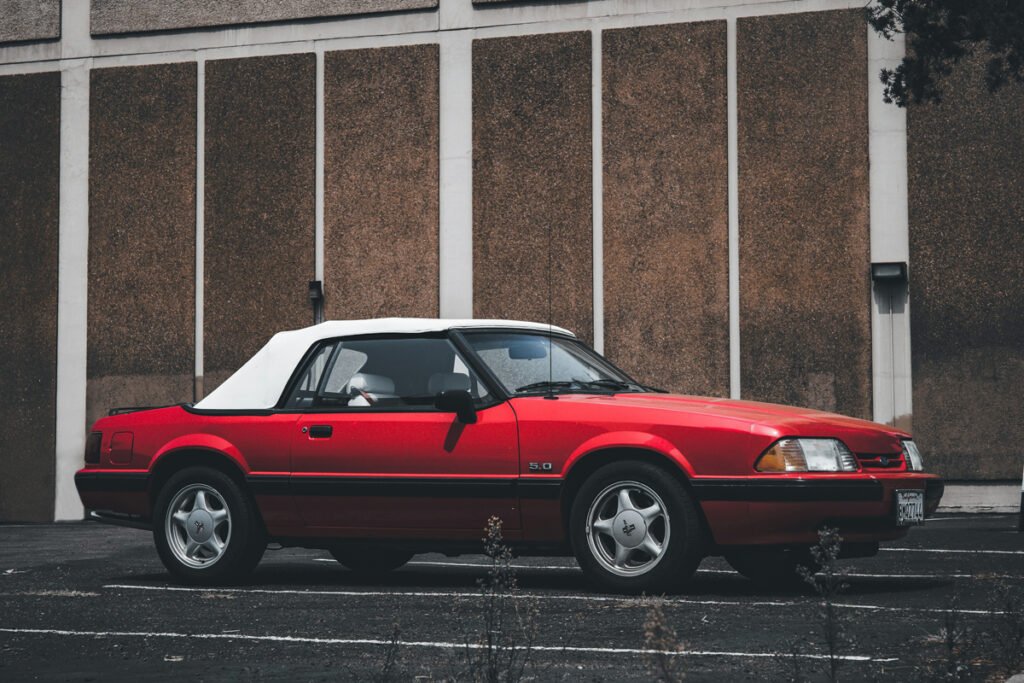As the Ford Mustang commemorates six decades of automotive prowess, it’s a fitting time to reflect on the rich history that has shaped this iconic vehicle into a cultural phenomenon. Since its debut in 1964, the Mustang has epitomized the American dream, capturing the hearts of enthusiasts worldwide with its blend of style, performance, and innovation.
The Mustang’s origins trace back to a time when the automotive landscape was dominated by large, heavy vehicles. In response to changing consumer preferences for smaller, more sporty cars, Ford launched the Mustang on April 17, 1964, at the New York World’s Fair. Its debut marked the birth of the “pony car” class—a new breed of affordable, compact, and stylish vehicles.
The early Mustangs, often referred to as “first-generation” or “1964½” models, featured a range of engine options, including inline-six and V8 powerplants, along with distinctive styling cues such as the iconic galloping pony emblem and the instantly recognizable grille design.

Throughout the years, the Mustang has undergone numerous transformations, evolving to meet the demands of changing automotive trends and consumer preferences. The introduction of the Mustang GT in 1965 marked the beginning of the model’s performance-oriented variants, setting the stage for future high-performance models like the Shelby GT350 and GT500.
The 1970s brought about the second-generation Mustang, characterized by its larger dimensions and more aggressive styling. While this era saw the introduction of iconic models like the Mach 1 and Boss 302, it was also a period of transition for the automotive industry, with stricter emissions regulations and fuel efficiency standards impacting performance.
In the 1980s, the Mustang faced challenges posed by stricter emissions regulations and fuel efficiency standards, leading to a shift towards smaller, more fuel-efficient engines. Despite these challenges, the Mustang continued to evolve, embracing new technologies and design trends while maintaining its status as a symbol of American automotive ingenuity.

The 1990s saw the introduction of the fourth-generation Mustang, which featured a more aerodynamic design and fuel-injected engines. This era also saw the birth of the iconic Mustang 5.0, a legendary model that would go on to become synonymous with performance and aftermarket modification.
The fifth-generation Mustang, introduced in 2005, marked a return to retro-inspired styling cues and a renewed focus on performance. With its muscular proportions and powerful engine options, including the iconic 5.0-liter V8, the fifth-generation Mustang captured the imagination of enthusiasts and reignited interest in the legendary pony car.
In 2015, the sixth-generation Mustang made its debut, featuring a sleeker, more modern design and a range of powerful engine options. And now, as the seventh-generation Mustang continues this legacy of innovation, it stands as a testament to Ford’s commitment to pushing the boundaries of automotive excellence.

As the Mustang celebrates its 60th anniversary, it remains an enduring symbol of automotive excellence, inspiring generations of enthusiasts with its timeless design, exhilarating performance, and unwavering spirit of adventure. With each passing year, the Mustang continues to evolve, pushing the boundaries of what’s possible on the road and solidifying its status as an American icon for the ages.


